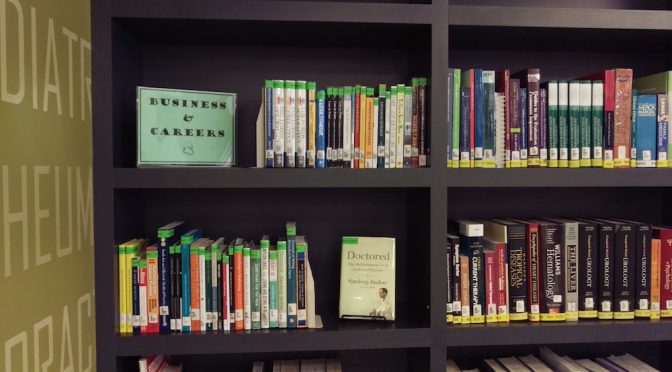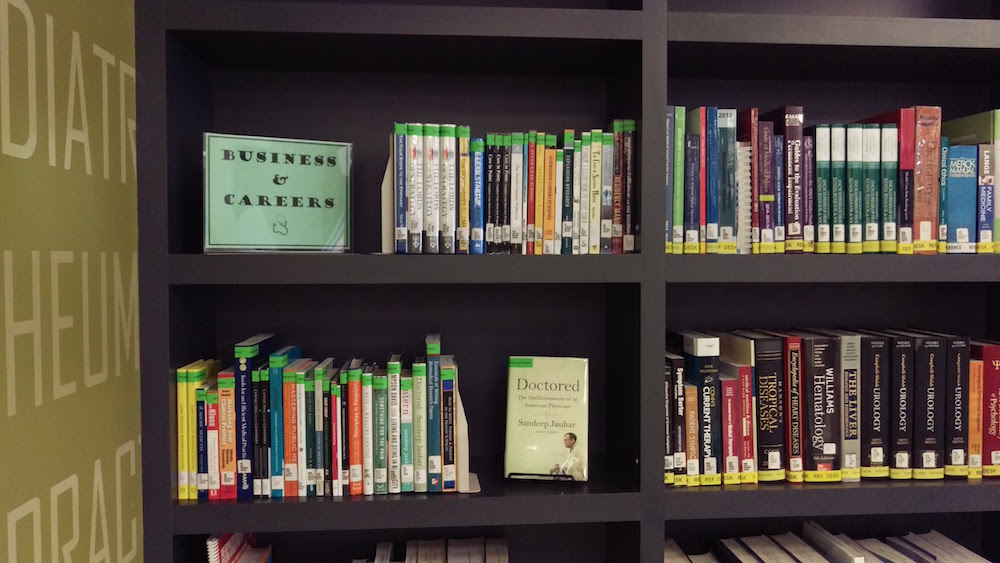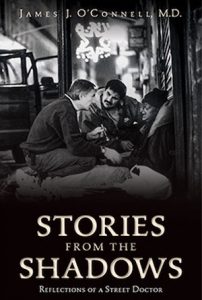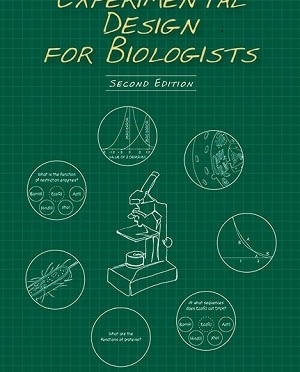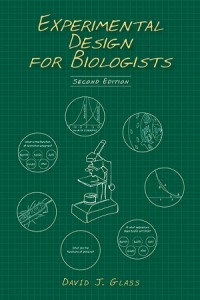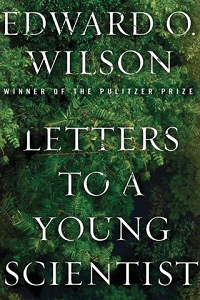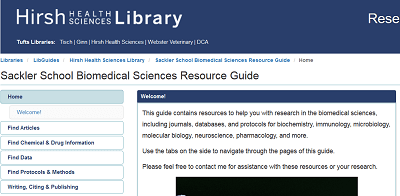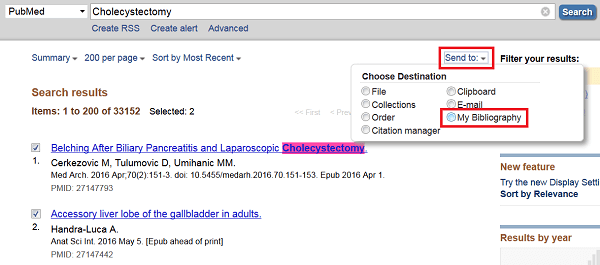In the course of your research, you may need information about chemical properties, structures and reactions, and articles from the chemical, biochemical and drug literature. In this month’s column, I will cover resources for finding chemical information. Next month, I will discuss drug information resources.
First, a few tips on searching for chemical property or reaction information. Different resources use different naming conventions for chemical substances. Thus, searching by substance name is the least efficient way to find chemical information. The following approach is recommended:
- Structure: Utilize structure editor in resource to draw substance. Most effective method of searching, but available in all resources.
- Chemical Abstracts Service Registry Number (CAS RN): The Chemical Abstracts Service (CAS) of the American Chemical Society assigns unique identification numbers to chemical substances, e.g. 1007-32-5. Highly accurate method of searching, but not 100%, particularly in databases not produced by CAS.
- Molecular Formula: Effective search method, but may retrieve a long list of results.
Now that you know a little about how to search for chemical information, you need to know where search. All the resources listed below are accessible from the ‘Find Chemical & Drug Information’ page in the Sackler School Biomedical Sciences Research Guide: http://researchguides.library.tufts.edu/c.php?g=275784&p=2706564.
Here are a few resources for finding property information:
CRC Handbook of Chemistry & Physics: The electronic version of this classic reference book provides tables of property data for organic, inorganic and biochemical compounds. To search by structure, property, or molecular formula, click the flask icon in the upper right corner of the homepage.
Knovel Critical Tables: Collection of interactive tables that provide physical, thermal and electrical properties of chemicals compounds and solvents. Good for approximate values, but tables do not include information about conditions under which properties were measured. Search by CAS RN; structure search not available.
Merck Index Online: Encyclopedia of chemicals, drugs and biologicals with links to reference articles in PubMed. Good for quickly finding structure, property and toxicity information. Search by structure, CAS RN, molecular formula or name.
For chemical literature, as well as property and reaction information, try these databases:
Reaxys: Database of references to chemical journals, books, conference proceedings and patents. Comprehensive indexing that extracts property, bioactivity, reaction and synthesis data from the literature means you can get experimentally-derived property data for organic, inorganic and organometallic substances without having to sift through the studies yourself. Good for detailed information culled from the chemical literature. To find property information, select the ‘Substances, Names, Formulas’ box on the Reaxys homepage. Search by structure, CAS RN or molecular formula.
SciFinder: This Chemical Abstracts Service (CAS) database offers property data on organic and inorganic molecules, proteins and polymers as well as experimental procedures, conditions, yields and solvents for chemical reactions. SciFinder also provides references to the chemical, biochemical and chemical engineering literature from the CAplus and MEDLINE databases. Registration required to use this database. To register, follow instructions on the page that opens from the link above.

